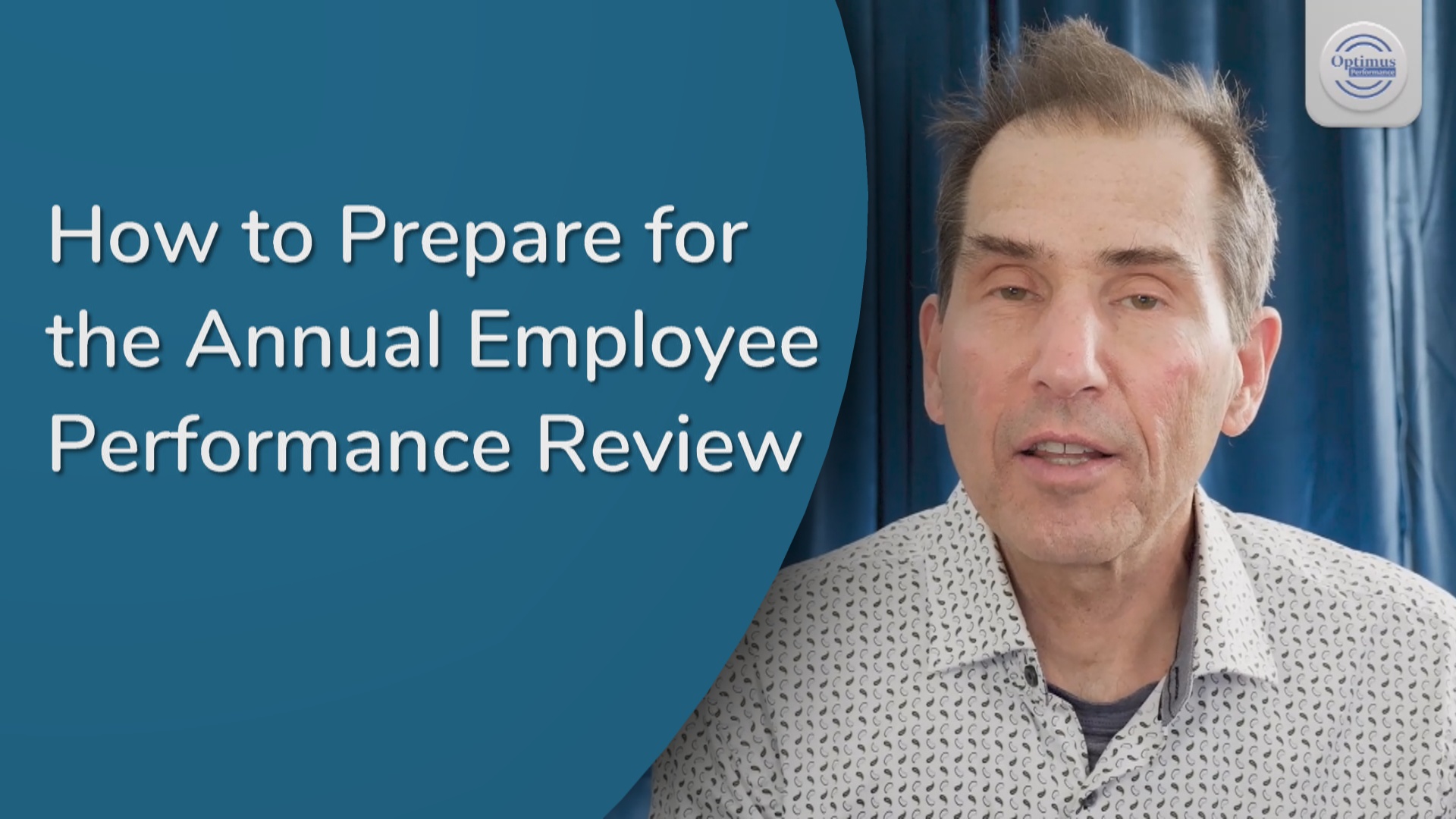As I am writing this, we are approaching the end of another calendar year, and this is typically the time where many companies have their managers do an annual performance review with their employees.
It’s important to be well prepared so that it is a positive experience for everyone. This is a really good time to provide needed feedback and discuss what the employees doing well and where they can improve.
It’s also important to ask the employee how they think you’re doing as a manager and leader. Do they feel they are being well supported and are they being provided with all the tools and resources they need to function at a high level?
Many startups and small business owners struggle with the annual employee performance review and are not well prepared. They may scramble the last minute to put together criteria to use for the evaluation. But doing anything on the fly is not a good idea and if you don’t already have criteria that the employee is aware of it’s best just to discuss what you think they’re doing well and what they can improve upon.
I created an evaluation form that incorporates 5 competencies, which I think are crucial for good performance. These are:
- Productivity – effectiveness in getting things done, in relation to time and cost requirement
- Quality of work – adherence to an expected standard of result that is a part of a job or activity
- Initiative – the ability to act without the help or insistence of others
- Teamwork – a cooperative effort by a group or team to produce a desired result
- Problem solving – process of finding a way to successfully resolve a difficult situation or problem
These are usually the five areas that are most important for people to perform well. They’re also simple enough for everyone to understand and agree with.
For giving feedback you can combine these competencies with my KSS worksheet. K stands for keep doing, S stands for stop doing and the other S stands for start doing.
If you do not have set criteria and would like to use these five competencies, I suggest introducing them for next years review. This way the employee knows on what they will be evaluated and can prepare themselves for the review session.
If you do not have any set criteria you can use the T exercise to prepare yourself and the feedback you want to give the employee.
Take a piece of paper and draw a T down the middle of the page. On the left side put the + and on the right side the – sign. On the plus side write down all the things that the employee does well, and you want them to keep doing. You could draw a line under that list and then write down the things you’d like them to start to do.
On the right side under the minus column write down the things you want them to improve upon or stop doing. For example, perhaps an employee is very social talkative, and you find them wasting too much time chatting around the coffee machine. You think that this might be affecting their productivity, so you want to discuss that with them.
One approach is to start the review session by asking them some general questions about how their feeling about their work, their coworkers, and the company. Then you can ask them what they think they’ve been performing well and add in your own feedback. You could then ask them what they think they need to improve on or stop doing and again add your feedback.
The important thing is to go through the review session as everyone wants to know how they’re viewed in comparison to how they think they’re doing. I like to use the analogy of bowling. When you roll the bowl down the alley and you see and hear the ball hitting the pins you feel excited to know your score and then you see it lit up on the screen. Imagine if just before the ball was to hit the pins the curtain came down and blocked your view and there was no feedback on the scoreboard. How would you feel? How fun would the game be at that point?
Employees often expect to have a conversation about salary increases and performance bonuses at the annual employee performance review session. You want to be prepared for that and allocate a certain amount of funds for bonuses. This would vary of course from company to company depending on your profitability and how much you want to share with employees. Come up with a formula to use to calculate each employee’s share based on their salary and performance
There are online survey tools that have baseline employee performance review criteria already set to go and you can modify the criteria to suit your company. This eliminates doing things on paper and keeps a record to go back to as long as you keep your subscription active.
I always recommend not waiting a whole year to do a review but to sit down at least every quarter to do an interim review. The year end reviews are when you probably want to take more time and set some goals for the coming year. It may also be when you discuss salary and bonuses. Bonuses don’t have to be monetary; you could take a more creative approach and design rewards based on what motivates each person. That could vary from time off to a gym membership. Bonuses and pay is a whole other subject
By conducting review sessions throughout the year, you take some of the stress off the year end review as you would probably have already discussed performance at the interim review session.
You can access all my forms worksheets and templates through this link.
